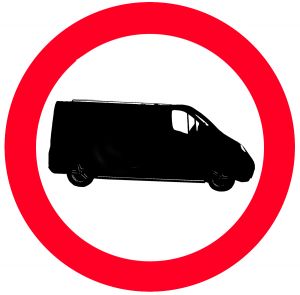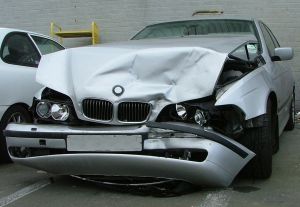Car accidents are an unfortunate fact of life in Boston and throughout the United States and they continue to occur every day, even as we make new traffic laws, work to make the roads safer and try to build better and safer cars. Recently, the AAA Foundation for Traffic Safety has taken a look at where the U.S. stands as far as the car accident risk in the country. AAA released its findings in January in a 2012 Traffic Safety Culture Index.
Our Boston auto accident lawyers have taken a look at the new AAA report on traffic safety culture and we believe everyone should be aware of the issues it has identified. AAA addressed some of the top causes of crashes including cell phones; texting; drunk driving; speeding; drowsy driving and running red lights. Understanding the prevalence of these dangerous driving behaviors as well as the cultural attitudes towards them is important in working to stay safe and prevent more auto accidents in the future. 
Cultural Attitudes Towards Dangerous Driving Behaviors
AAA discovered that there is a disapproval of many of the most dangerous types of driving behaviors. Unfortunately, this disapproval does not necessarily translate to action, as people seem to engage in certain types of risky behavior even when most report that they recognize the danger. For example:
- Almost every driver surveyed indicated that drinking and driving was a serious threat that they disapproved of. Despite the widespread disapproval, however, 14 percent of respondents admitted to having driven at least once in the past year when they may have been over the limit. Of all drivers surveyed, 2.1 percent said they had potentially driven drunk in the month prior to the survey.
- The majority of drivers support the use of ignition interlock devices in vehicles under certain circumstances. 80.5 percent of respondents to AAA’s survey indicated that the devices should be used in the vehicles of all first time DUI offenders. Almost three in four drivers indicated that they were in support of using ignition interlock devices in all cars. In Massachusetts, ignition interlock devices are required for drivers with OUI hardship licenses and for those with two or more OUI convictions.
- Two out of three drivers responding to the survey indicated support for restricting hand-held cell phone use although only 48.6 percent professed support for a ban on cell phone use. Almost all drivers also indicated that texting and driving is a serious risk and 66.1 percent disapproved of using a hand-held cell phone. Despite this, more than 2/3 of drivers said they had used their cell phone while driving in the month prior and 26.6 percent admitted sending an email or text while driving in the past month.
- Speeding is widely viewed as a relatively acceptable behavior. More than one in four drivers said that they considered speeding socially acceptable and 49.3 percent admitted to exceeding the speed limit on freeways by 15 mph.
- Running a red light was widely viewed as unacceptable but 38.4 percent of drivers said they had driven through a light that had recently changed to red.
- Although the majority of drivers indicated that drowsy driving was a dangerous safety risk, one in three admitted to the behavior in the past month. Almost half said they had actually fallen asleep behind the wheel at least once in their lives.
As these study results show, most drivers know that certain dangerous behaviors present a risk and yet this doesn’t necessarily translate to not doing dangerous things while driving. It is important for both laws and cultural pressures to continue to push drivers towards making smarter choices behind the wheel when it comes to avoiding risky behavior.
Continue reading
 Boston Car Accident Lawyer Blog
Boston Car Accident Lawyer Blog











